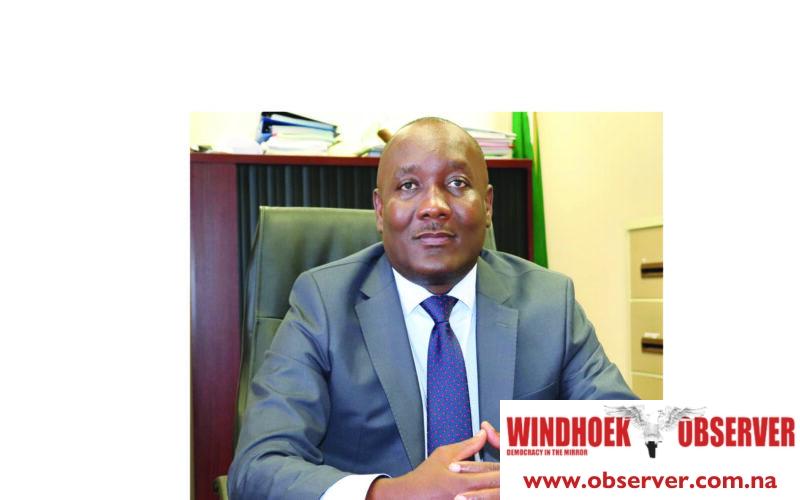Justicia Shipena
Environmental commissioner Timoteus Mufeti says the Ministry of Environment, Forestry and Tourism is looking into expanding charcoal production into communal areas.
He said this will be done while maintaining strict environmental and safety standards.
Mufeti explained that the ministry is conducting studies and assessments to develop a framework that will allow communal farmers to join the growing charcoal industry.
“We are not yet giving permits there, but we want to. Studies and assessments are being done to see how we can allow communal farmers to be involved in charcoal production,” he said at a recent press conference in response to questions by the Windhoek Observer.
In 2021, the ministry’s forestry directorate piloted a project to test whether the known risks involved in commercial harvesting and utilisation could be avoided or reduced. The six-month pilot, called the Forest Stewardship Council (FSC) Communal Pilot Project, was launched at Ozonahi Community Forest in the Okakarara district.
It marked the first phase of testing in a communal setting and aimed to certify three community forests, Ozonahi, Otjituuo, and African Wild Dog in the Otjozondjupa Region, to produce FSC-certified charcoal for both local and export markets.
The Communal Areas Governance Framework for Bush Control (2023) outlines measures for managing and regulating charcoal production in communal areas.
It states that only the director of forestry can issue permits for the commercial use of forest resources, including firewood and charcoal. These permits apply only to community forests and leasehold farms, excluding open communal lands and conservancies.
The framework bans earth mound charcoal making in all communal areas, requiring producers to use approved methods published by the directorate of forestry.
It also includes that burning within one kilometre of homes, tourist destinations or major roads is prohibited, and all workers must be trained in basic firefighting.
Mufeti said the charcoal industry has become increasingly profitable, contributing to Namibia’s economy and agricultural landscape.
“There has been an increase in applications. The charcoal industry is becoming profitable and is contributing to our economy. Some even refer to it as a ‘black diamond’, and Namibian charcoal is becoming a preferred product internationally,” he said.
Last year, the industry experienced a 42% growth in tonnage, while production value increased by 66%. The sector, which normally provides around 6 000 jobs, saw employment rise to between 9 000 and 10 000 workers in 2024 due to increased activity.
Mufeti said the ministry continues to strengthen guidelines, training, and awareness campaigns to ensure safe production practices. He added that it works closely with the Charcoal Association of Namibia (CAoN) and farmers to improve best practices.
“If these guidelines were not working, this whole country would be burning. We have seen improvements over the years because of continuous training and awareness,” he said.
He noted that while incidents such as recent fires in Etosha National Park may occur, they help the ministry refine safety measures, including the distance between charcoal production pots and cleared areas.
He also revealed that the ministry has withdrawn permits from illegal operators and continues to monitor compliance across the country.
“We have curtailed some illegal activities and even withdrawn certain permits. But overall, we have done a good job to ensure operations are legal and safe,” he said.
Mufeti stated that as the industry grows, the ministry remains committed to tightening its regulatory framework to prevent future incidents and promote sustainable production.
Reports from 2023 indicated that Namibia’s charcoal exports accounted for 12.5% of total agricultural exports on average from 2009 to 2018.
According to data between 2009 and 2020, charcoal exports contributed about €280 million (N$4.1 billion) to Namibia’s foreign exchange reserves.




